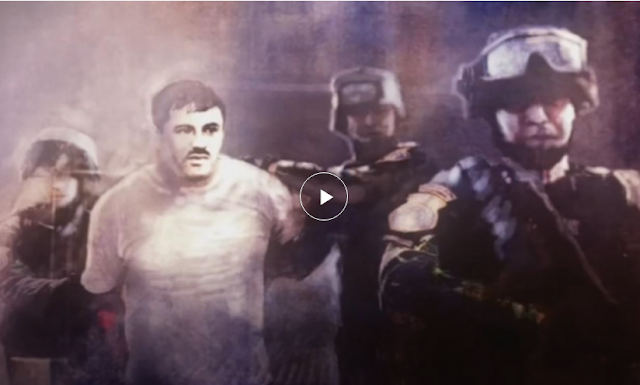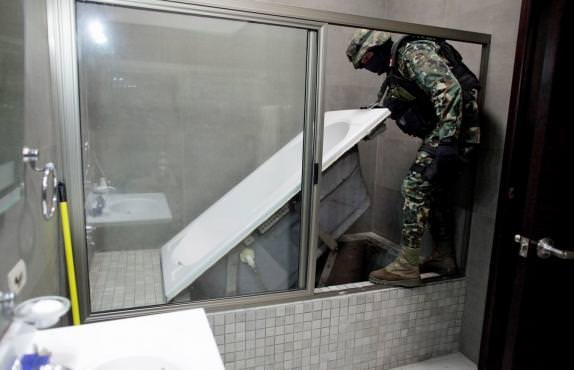United States vs 'El Chapo' Guzmán
From the beginning of his criminal career, Joaquín Guzmán showed signs of being a drug trafficker with a global vision and as his empire grew, a DEA intelligence center in El Paso, Texas, watched silently.
'El Chapo' had guaranteed the sale of cocaine and marijuana that it sent to the United States in the mid-1980s. On the US side of the border, the demand was insatiable. Cocaine was considered a class drug.
It was the strategic vision and the distinguished intelligence for the businesses of 'El Chapo' Guzmán the factors that built the business, according to Guillermo Valdés Castellanos, former director of the civilian intelligence agency of Mexico, CISEN (Center for Research and National Security).
The high levels of consumption led President Ronald Reagan to reinforce the war on drugs in 1982. In 1985, the kidnapping of the special agent of the Drug Control Administration (DEA) Enrique "Kiki" Camarena by a Mexican drug gang It led the Reagan administration to close the US border to traffic from Mexico, with the purpose of forcing the Mexican government to intensify its efforts to find the kidnapped agent.
After Camarena's death, the United States government concentrated all its anti-drug efforts at an Intelligence Center in El Paso, Texas, known as EPIC.
At the EPIC Intelligence Center, the DEA began gathering information about 'El Chapo' Guzmán. The reports of different agencies were finally consolidated in an intelligence book, based on the increasingly frequent reports on the drug trafficker.
EPIC produced an 80-page document on Guzman's life from the age of 27 until his first arrest in 1993.
The report obtained by Univision reveals, for example, that since the mid-1980s, Guzmán already had an international network: he negotiated with heroin sellers in Thailand. The construction of tunnels at that time was already done with architectural designs and Guzman was driving through the United States with a California driver's license.
The DEA agrees that Colombian drug traffickers marked the beginning of El Chapo's golden age. They referred to him with another nickname: "Speedy".
"They called him Speedy because when he received the goods, he immediately went through the border," said a former trafficker interviewed by Univision.
Part of the success of the operations in the use of clandestine tracks had to do with the way in which the Colombian pilots communicated by radio with the people of 'El Chapo'.
"They just whistled at each other, they did it, they talked on walkie talkies and they knew the pilot was coming," said Larry Villalobos, former chief of intelligence at the DEA at EPIC.
The key man in these operations was Miguel Ángel Martínez, a Mexican pilot who appears in an unpublished photograph and to whom Guzmán paid $ 1 million a year.
Martinez knew El Chapo's daily routine, how he managed to visit his three wives in one day and his growing fortune.
Years later, in a federal court in Arizona, the pilot explained that one day he received $ 6 million from Bernardino Meza, who would later become mayor of Agua Prieta, a city on the border with the United States.
During the hearing, the prosecutor asked Martinez: "What did you do with the $ 6 million?"
Martinez replied: "We filled bags with $ 20 bills and flew to Queretaro and El Chapo was waiting for me."
Tunnels, pool and peppers
The first time the US government fully understood the criminal ingenuity of 'El Chapo' was in 1990 when a tunnel was discovered in Douglas, Arizona.
"It was the most spectacular drug seizure of my career, we described it as a James Bond operation," said United States Customs Agent Thomas McDermott.
The dismantled structure had the hallmark of Guzmán: false businesses, secret rooms and hydraulic devices.

